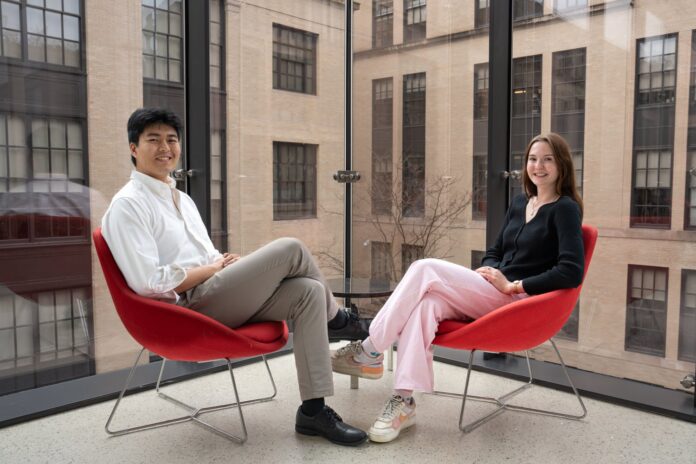Bridging STEM and Policy: The Paths of Kevin Guo and Erin Hovendon
From Coding to Elections
Kevin Guo, a senior majoring in computer science, and Erin Hovendon, a junior studying mechanical engineering, may seem like an unlikely pair. However, they share a common understanding that their political science and public policy minors provide crucial perspectives on their research and future careers.
Guo’s journey began when he joined the Election Data and Science Lab. Initially, he was looking for a place to learn how to code and do data science. But what he found was a fascinating intersection where technical skills could directly shape democratic processes.
Engineering Environmental Solutions
Hovendon, a native of North Carolina, arrived at MIT committed to doing something related to sustainability and having a direct application in the world around her. She initially headed towards environmental engineering but then switched to mechanical engineering, drawn to the hands-on aspects of the field.
In parallel, Hovendon also immersed herself in energy and environmental policy classes. One memorable anthropology class, 21A.404 (Living through Climate Change), asked students to consider whether technological or policy solutions could be fully effective on their own for combating climate change.
Beyond the Dome
Guo will soon set out for a career as a quantitative financial trader, and he views his political science background as essential to his success. While his expertise in data cleaning and analysis will come into play, he believes other skills will as well: "Understanding foreign policy, considering how U.S. policy impacts other places, that’s actually very important in finance."
Conclusion
For both Guo and Hovendon, interdisciplinary study is proving to be a valuable platform for tangibly addressing real-world challenges. By combining their STEM knowledge with a deep understanding of policy and its implications, they are working towards innovative solutions that can make a significant impact. As they move forward in their careers, they will undoubtedly continue to bridge the gap between technology and policy, paving the way for a brighter future.

